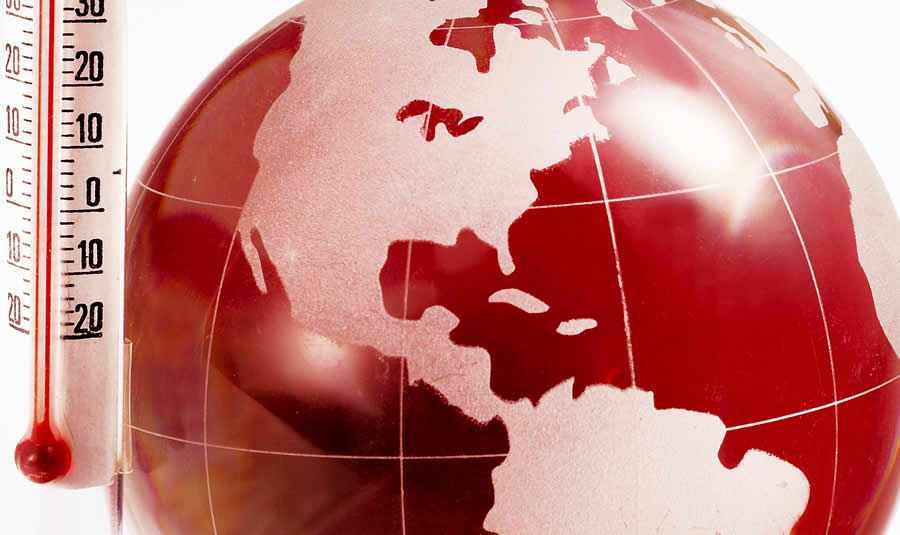June 24, 2015
The scientist who influenced Laudato Si, and who serves at the Vatican's science office, seems to believe in Gaia, but not in God.
 Image Credit: iStockphoto
Image Credit: iStockphoto
St. Francis of Assisi’s hymn Laudato Si’ spoke of “Brothers” Sun and Fire and “Sisters” Moon and Water, using these colorful phrases figuratively, as a way of praising God’s creation. These sentimental words so touched Pope Francis that he named his encyclical after this canticle (repeated in paragraph 87 of the Holy Father’s letter).
Neither Pope Francis nor St. Francis took the words literally, of course. Neither believed that fire was alive and could be talked to or reasoned with or, worse, worshiped. Strange, then, that a self-professed atheist and scientific advisor to the Vatican named Hans Schellnhuber appears to believe in a Mother Earth.
Gaia
The Gaia Principle, first advanced by chemist James Lovelock (who has lately had second thoughts) and microbiologist Lynn Margulis in the 1970s, says that all life interacts with the Earth, and the Earth with all life, to form a giant self-regulating, living system.
This goes far beyond the fact that the Earth’s climate system has feedbacks, which are at the very center of the debate over climate change. In the Gaia Principle, Mother Earth is alive, and even, some think, aware in some ill-defined, mystical way. The Earth knows man and his activities and, frankly, isn’t too happy with him.
This is what we might call “scientific pantheism,” a kind that appeals to atheistic scientists. It is an updated version of the pagan belief that the universe itself is God, that the Earth is at least semi-divine — a real Brother Sun and Sister Water! Mother Earth is immanent in creation and not transcendent, like the Christian God.
What’s this have to do with Schellnhuber? In the 1999 Nature paper “‘Earth system’ analysis and the second Copernican revolution,” he said:
Ecosphere science is therefore coming of age, lending respectability to its romantic companion, Gaia theory, as pioneered by Lovelock and Margulis. This hotly debated ‘geophysiological’ approach to Earth-system analysis argues that the biosphere contributes in an almost cognizant way to self-regulating feedback mechanisms that have kept the Earth’s surface environment stable and habitable for life.
Geo-physiological, in case you missed it. Cognizant, in black and white. So dedicated is Schellnhuber to this belief that he says “the Gaia approach may even include the influence of biospheric activities on the Earth’s plate-tectonic processes.” Not the other way around, mind you, where continental drift and earthquakes effects life, but where life effects earthquakes.
He elaborates:
Although effects such as the glaciations may still be interpreted as over-reactions to small disturbances — a kind of cathartic geophysiological fever — the main events, resulting in accelerated maturation by shock treatment, indicate that Gaia faces a powerful antagonist. Rampino has proposed personifying this opposition as Shiva, the Hindu god of destruction.
Mother Earth gets the flu and instead of white blood cells and a rise in temperature to fend off the infection, it sends white ice and a decrease in temperatures. How? Geophysiologically! I remind the reader that our author, writing in one of the world’s most prominent science journals, does not use these propositions metaphorically. He proposes them as actual mechanisms.
Schellnhuber echoes the theme of a cognizant, i.e. self-aware, planet in another (co-authored) 2004 paper in Nature 2004, “Climbing the co-evolution ladder,” suggesting again that mankind is an infection, saying that mankind “perturbs … the global ‘metabolism'” of the planet.

No comments:
Post a Comment